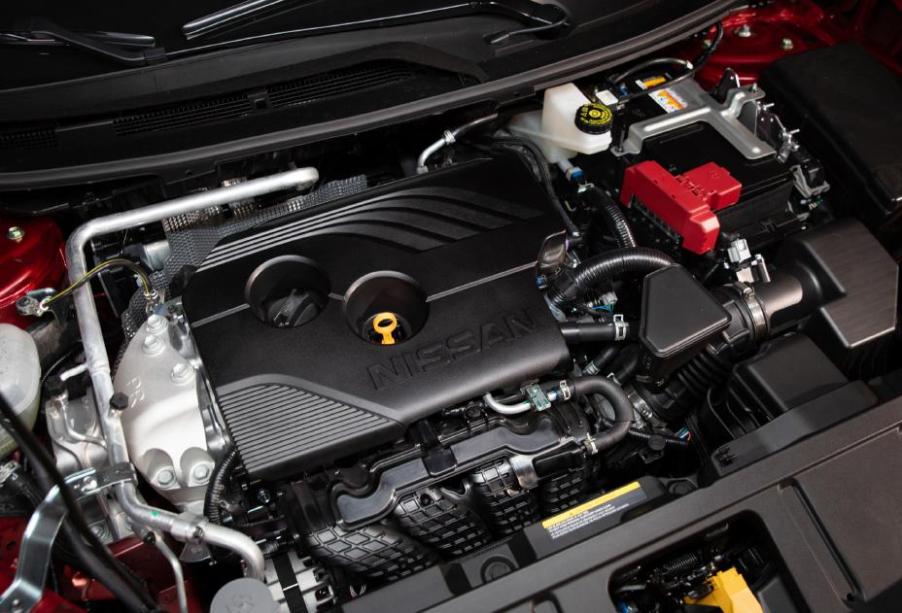
Why the Three-Cylinder Engine Is Back and Here To Stay
The straight-three engine has powered everything from airplanes to farm equipment. The three-pot was once considered too small for performance vehicles. That reputation has changed, and the three-cylinder is primed to gain traction in the industry.
Three-cylinder engines are becoming more popular
The straight-three is light on fuel and big on power. These small engines mean great fuel mileage and lower prices at the pump. Three-cylinders are also easier to care for. With cheaper maintenance and lower fuel costs, it’s hard to argue against the practicality of a three-cylinder.
These engines deliver big performance in a small package. According to Car and Driver, the 2021 Nissan Rogue will have a limited 1.5-liter three-cylinder turbocharged engine. Honda’s newest Civic hatchback features a 1.0-liter VTEC. The new three-pot is quick, efficient, and more powerful than ever.
Turbochargers give the straight-three teeth

Turbochargers introduce more air into a car’s engine giving it more power while using less fuel. Adding a turbocharger to an engine to boost its output is nothing new. The first turbocharged cars were built in 1962. The Oldsmobile Jetfire and The Chevrolet Corvair Monza changed the automotive industry when they hit the market.
Like all fields of engineering, the automotive industry has made huge advances over the last 40 years. Turbochargers have become more powerful and reliable. This improvement in turbocharging technology is the perfect complement to the three-cylinders continued development.
Why three-cylinder engines had a bad reputation
There are plenty of superstitions, myths, and other out-dated beliefs in the automotive industry. Sometimes a standard is a standard because it’s simply tradition. Three-cylinder engines have had their issues, but modern examples are far more powerful and reliable. In short, the engine’s reputation hasn’t caught up to its reinvention.
Some critics of the straight-three offer the valid argument that getting enough power out of a three-cylinder engine requires over-engineering. The introduction of more moving parts certainly provides more opportunities for a breakdown. Advances in engineering have overcome many of the three-cylinders past pain points. Naysayers aren’t wrong. They just haven’t gotten to know the new straight-three. However, that’s about to change.
Automotive engineering has come a long way since the first three-cylinder cars hit the road in the 1970s. Precision engineering and computer-controlled manufacturing mean that unbalanced vibrations aren’t the menace they once were. The modern straight-three is reliable and efficient.
Three-cylinder engines aren’t going anywhere
The automotive industry has listened to buyers and emphasize fuel economy. Shoppers carefully research the average fuel-consumption of models, sometimes basing their buying decision on this key rating. With so much riding on this one factor, it’s more important than ever for automakers to cut down on engine size.
Automakers benefit from these smaller engines too. For example, a three-cylinder is cheaper to manufacture. It’s also easier to comply with manufacturing standards when working around a smaller three-cylinder. The engine’s lightweight and small size make it easy to design around.
As more and more three-cylinder vehicles gain popularity, the stigma surrounding them will slowly dissipate. Consumers can expect the straight-three to take over more and more of the markets usually dominated by four-cylinders.


